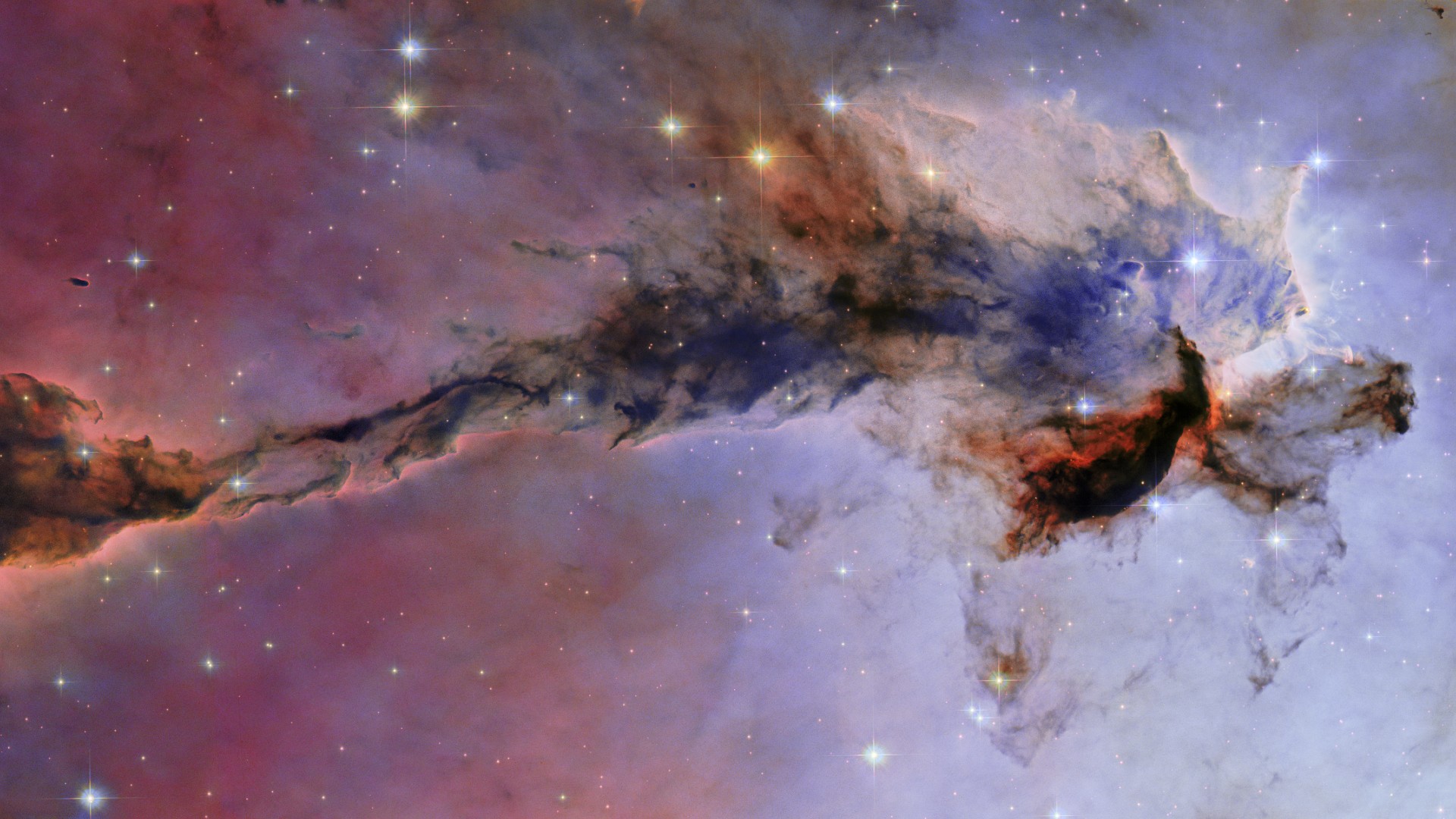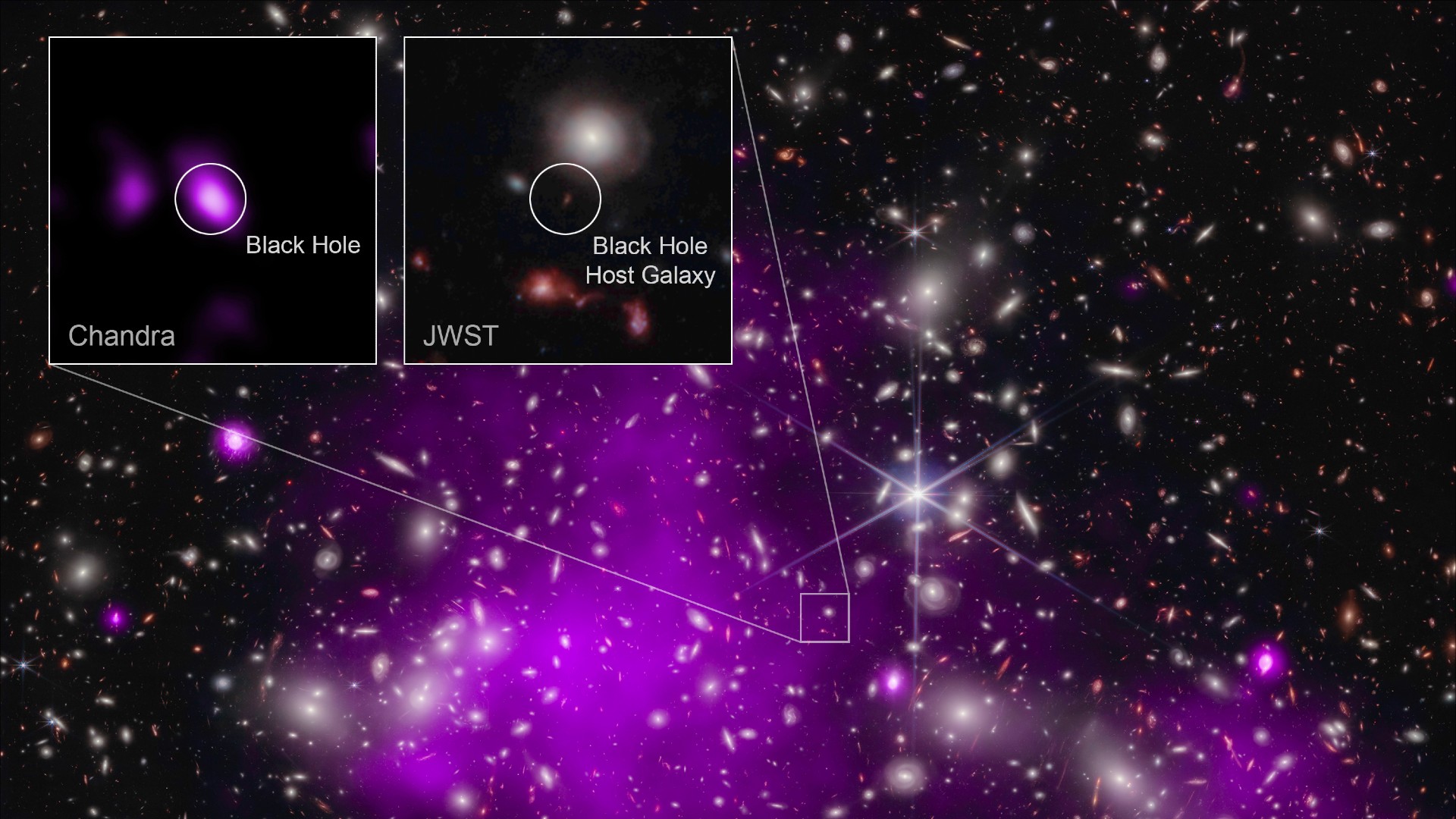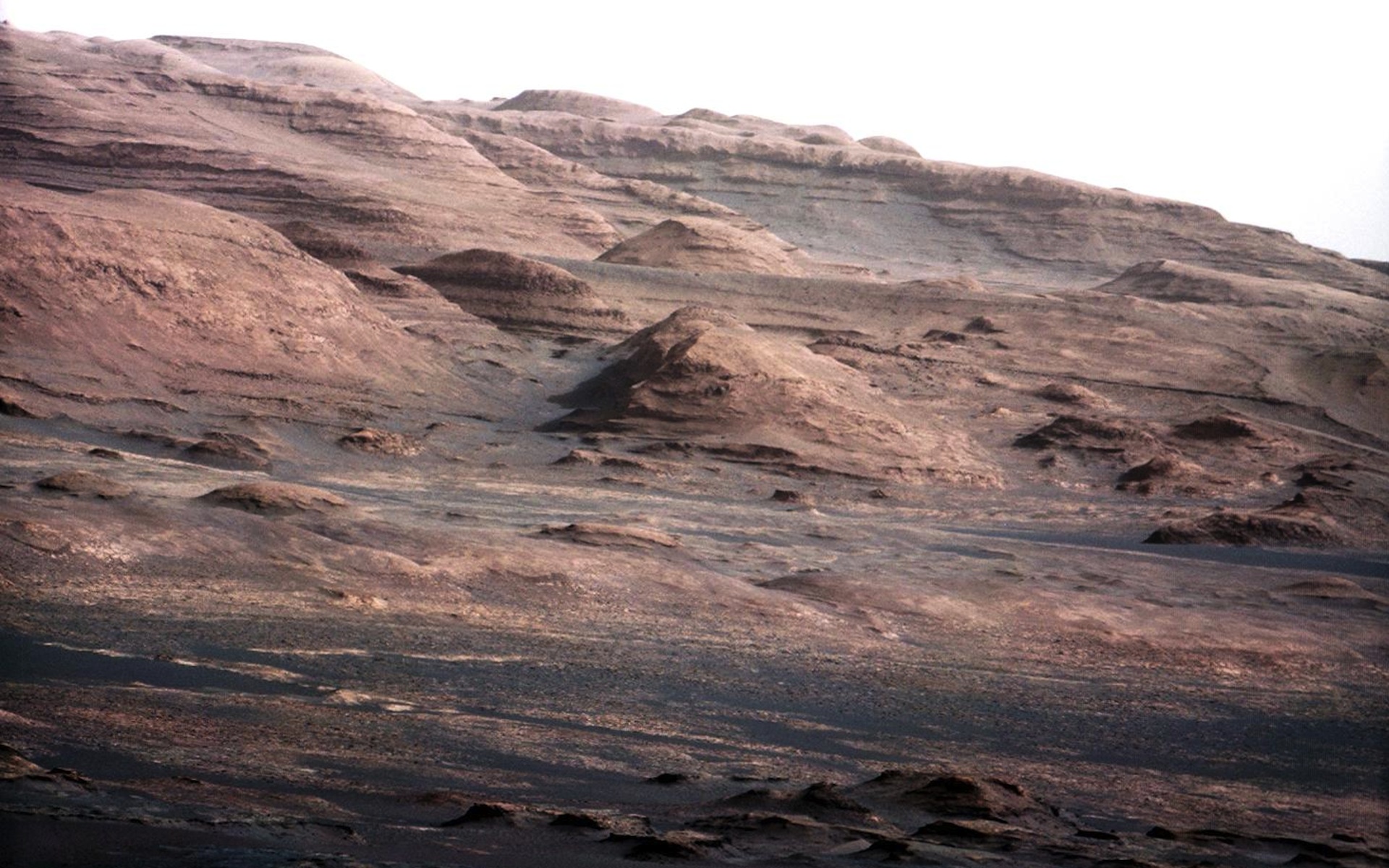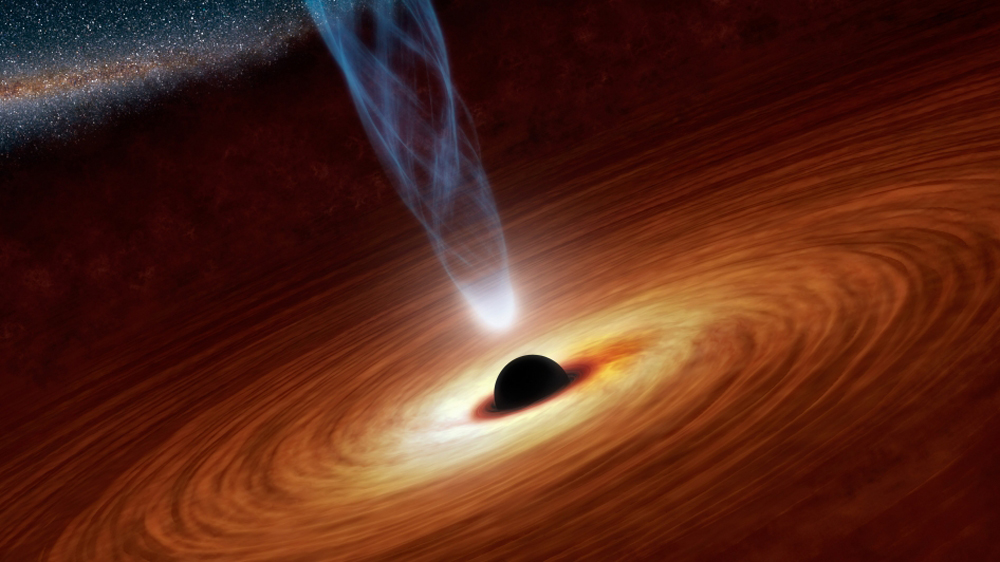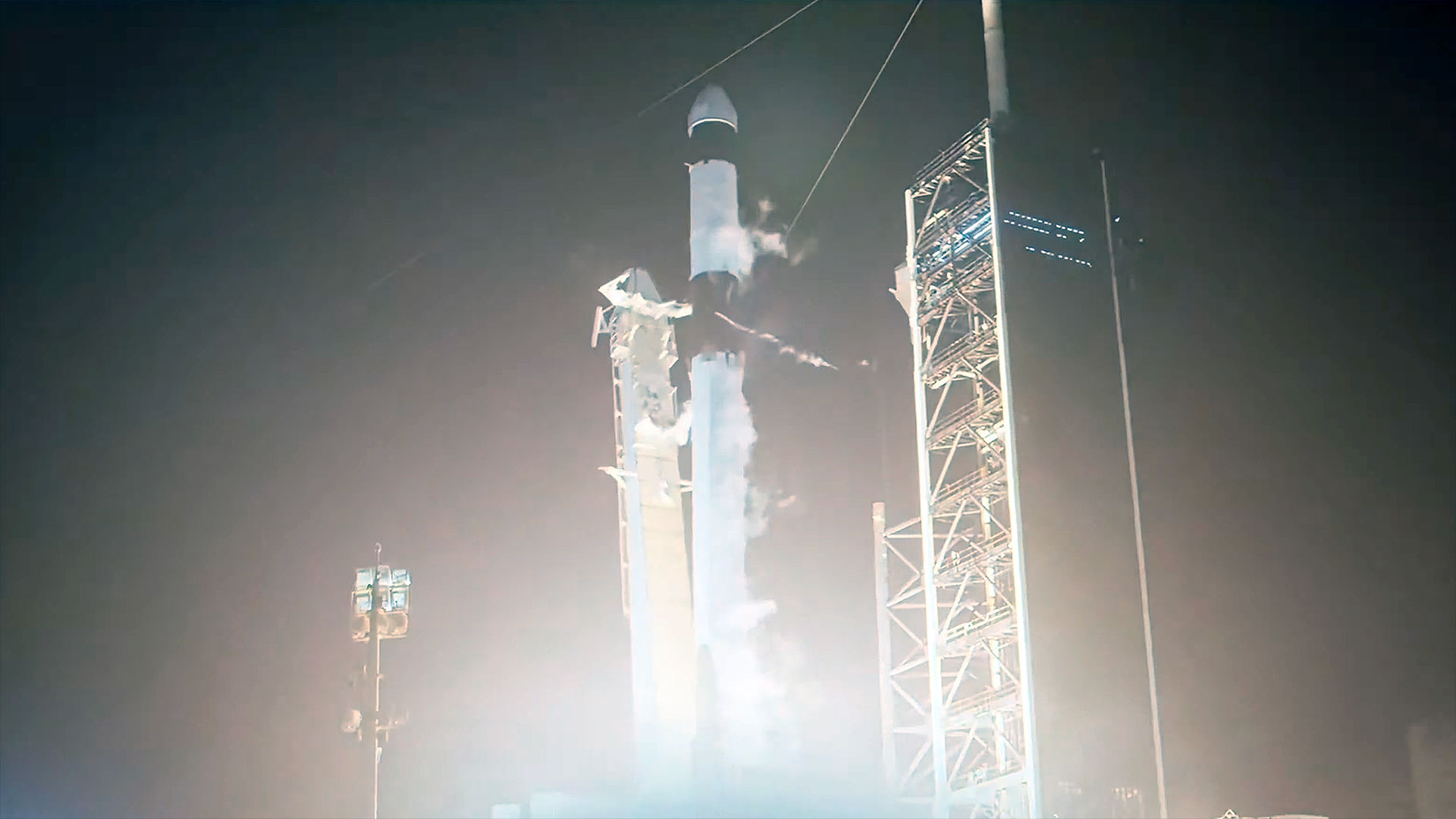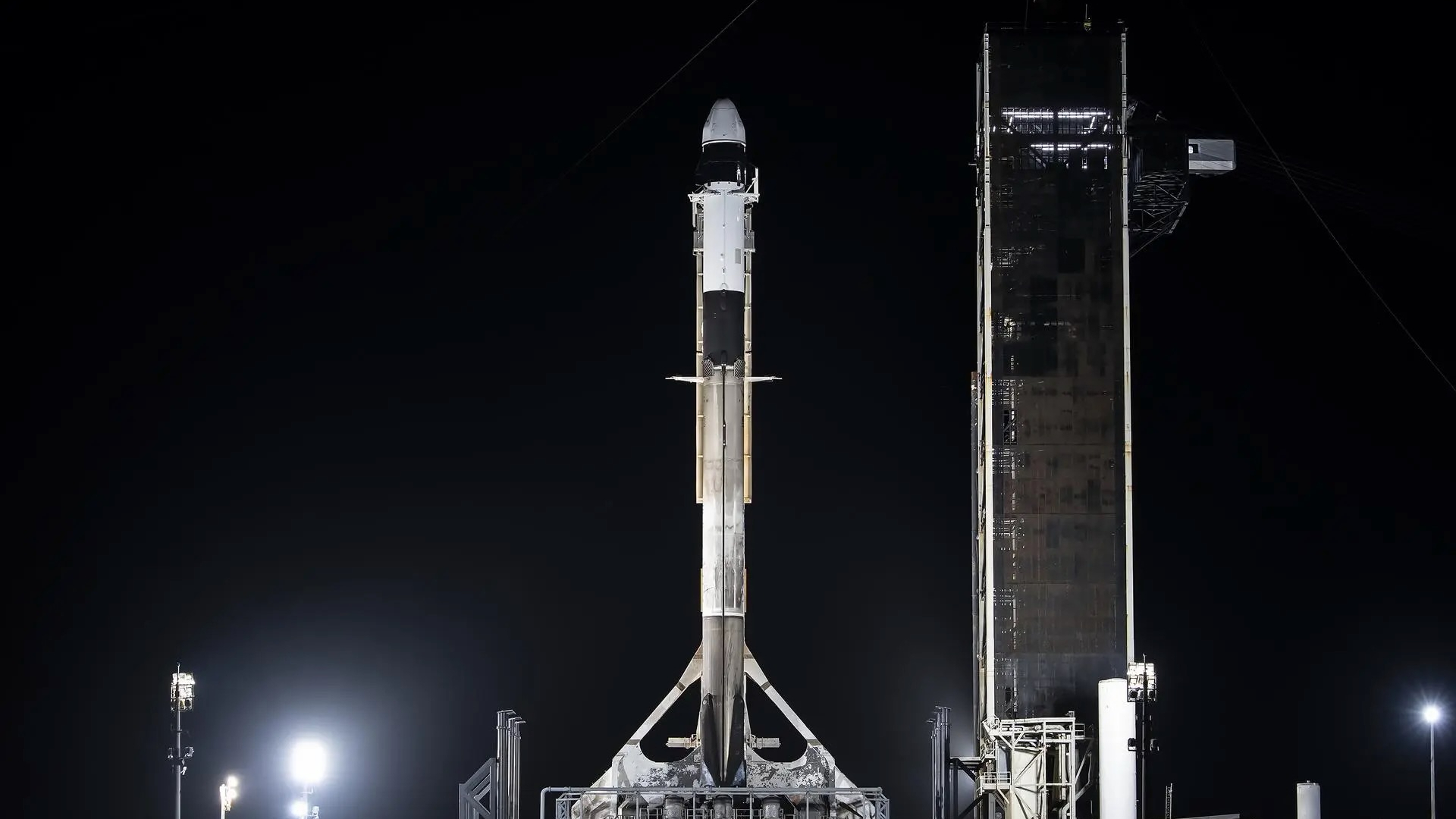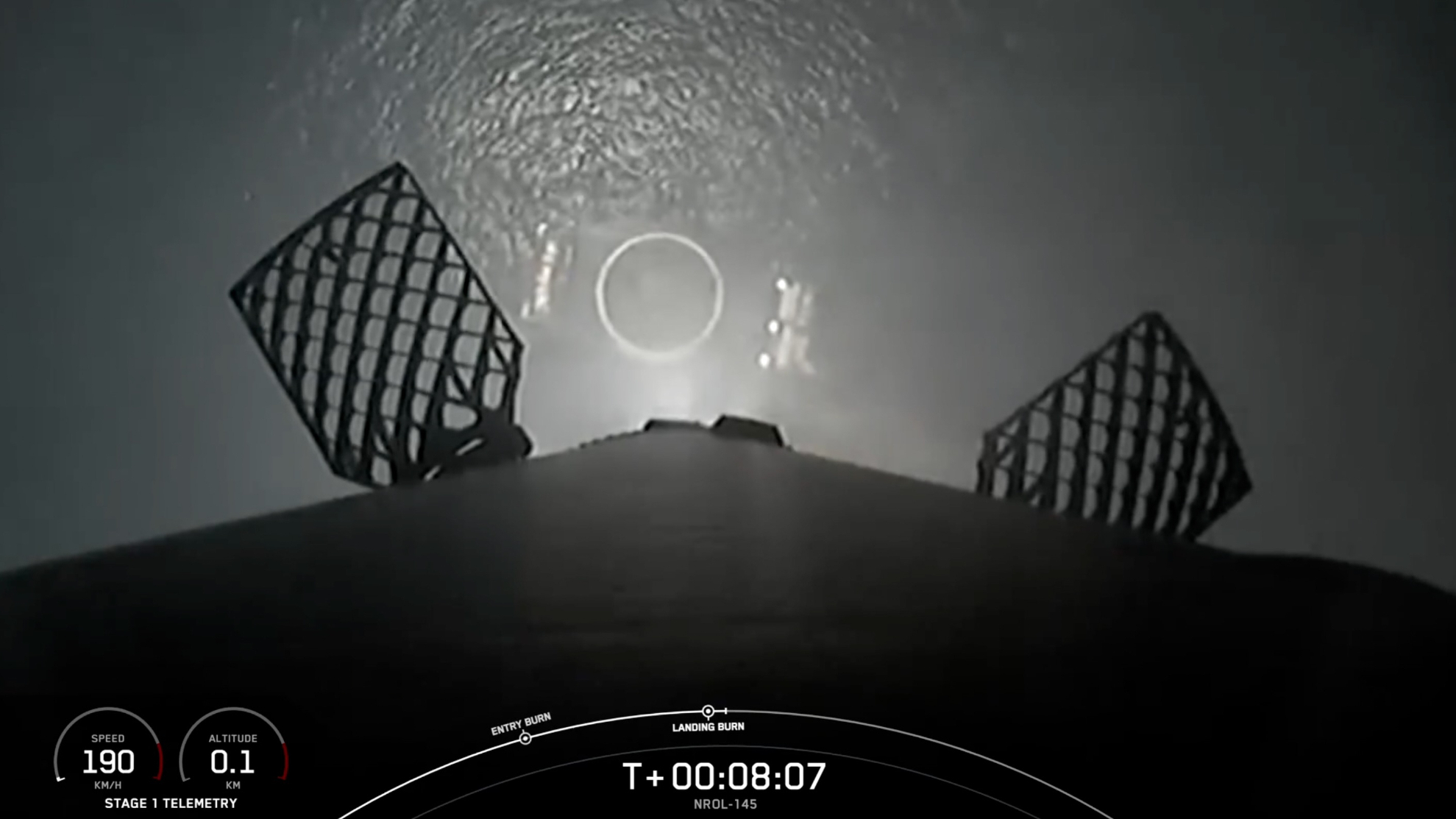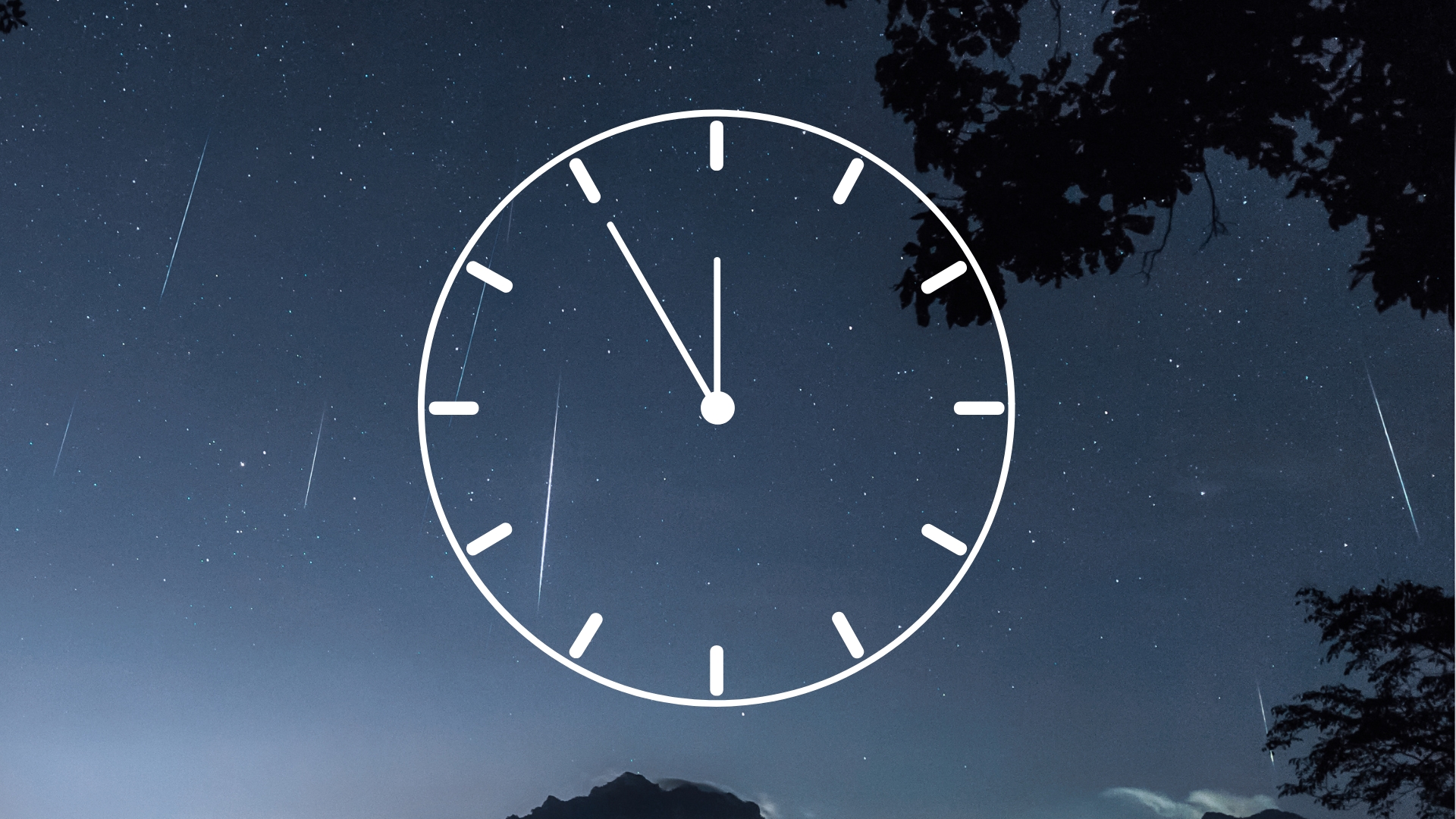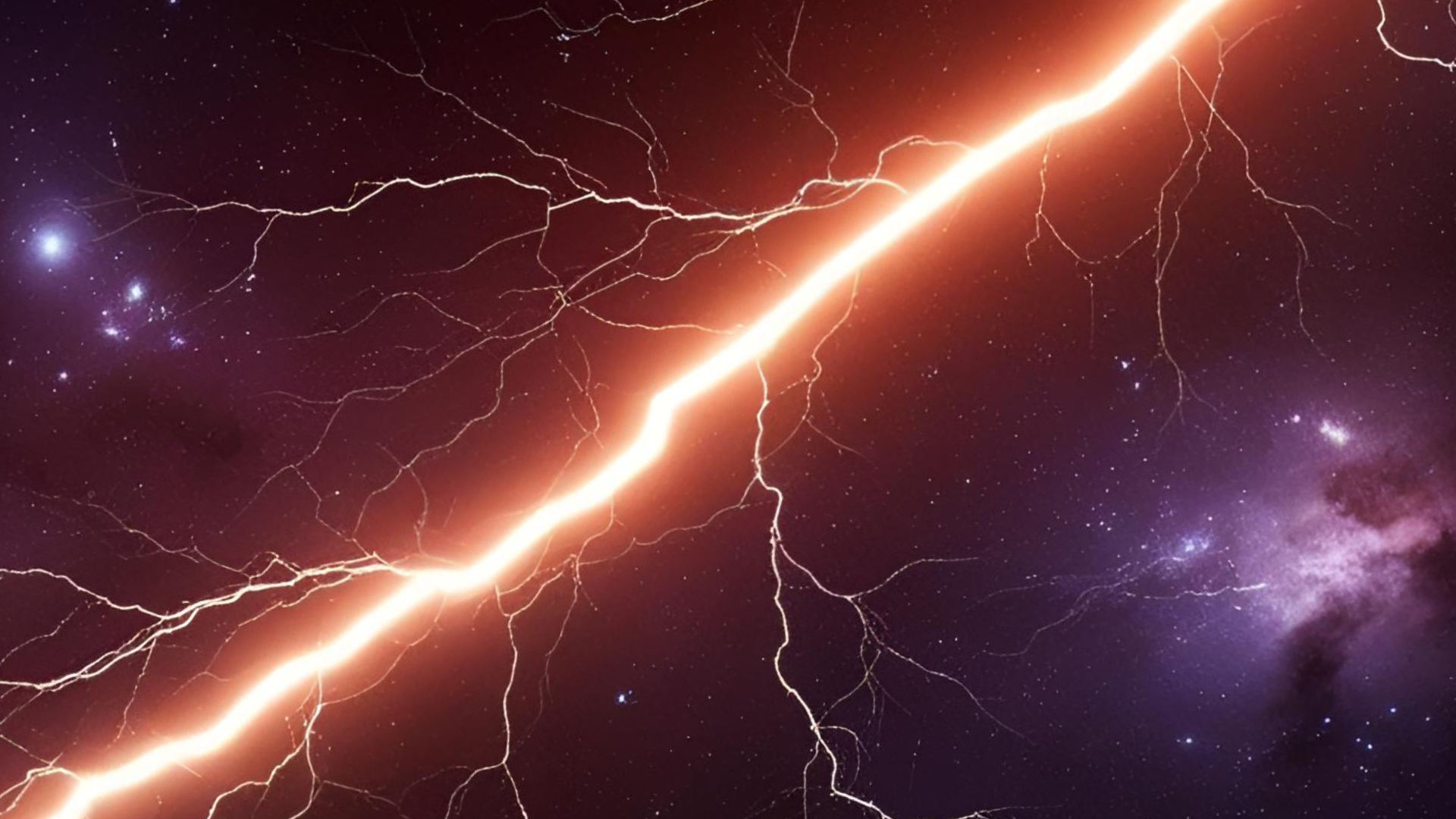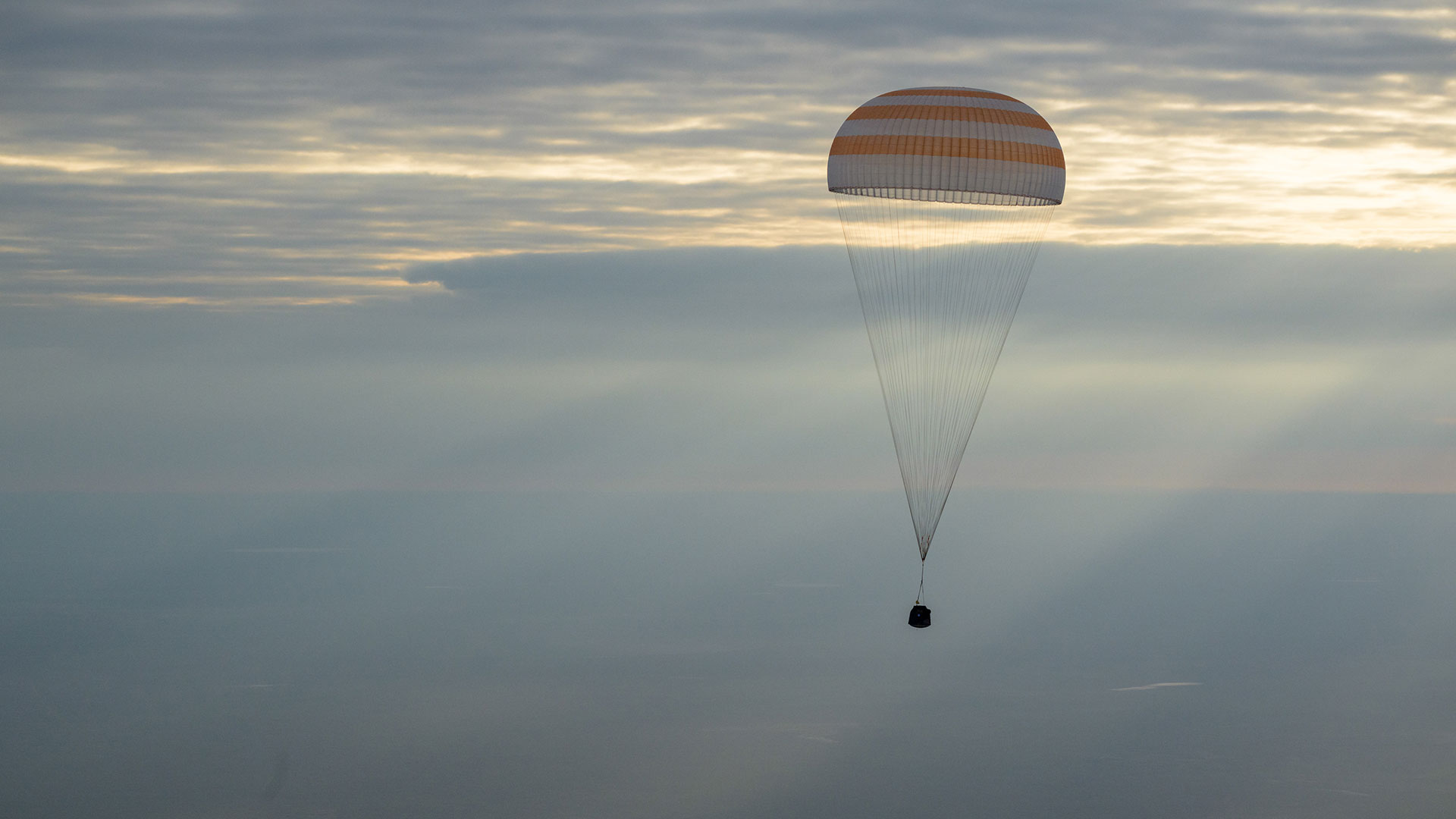Watch chilling 1st views of Earth's poles seen by SpaceX Fram2 astronauts (video)
The Earth has never been seen quite like this before.
The first humans to orbit over Earth's north and south poles are sending back images from their spaceflight, and the views are incredible.
SpaceX launched the private Fram2 mission Monday (March 31), sending a crew of four spaceflight rookies into an orbit never before flown by astronauts. The crew is riding aboard the SpaceX Crew Dragon Resilience in a polar orbit around the planet, on a trajectory that flies Resilience above some of Earth's most remote regions.
Liftoff of the Fram2 mission occurred Monday at 9:46 p.m. EDT (0146 GMT on April 1), with a short 10-minute flight to low-Earth orbit where the crew's Falcon 9 launch vehicle released Resilience to fly under its own power. Now, comfortably in orbit, the Fram2 crew has begun uploading the breathtaking images they're witnessing from space.
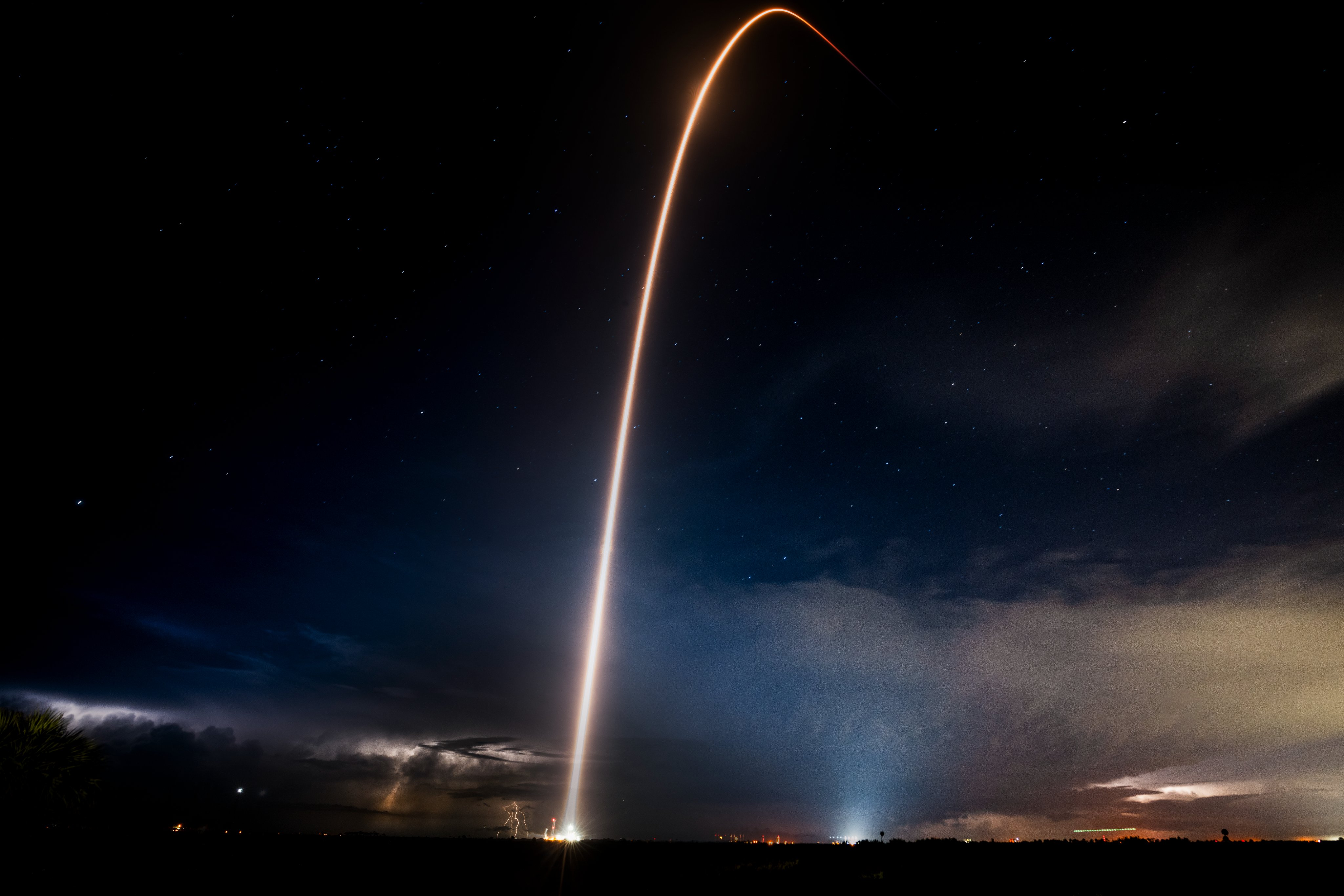
Fram2 is commanded by Chun Wang of Malta, who funded the mission. Wang is joined by Jannicke Mikkelsen from Norway, flying as vehicle commander, mission pilot Rabea Rogge, from Germany, and mission specialist and medical officer, Australian Eric Phillips.
"Today, we become the 681st humans to fly above the Kármán line, and the 626th to orbit the Earth," Wang said in a post on X shortly after reaching orbit.
Today, we become the 681st humans to fly above the Kármán line, and the 626th to orbit the Earth.April 1, 2025
Early Tuesday morning, SpaceX shared a video taken from the open nosecone of Resilience's forward hatch, revealing the spacecraft's domed cupola window with a white-blanketed landmass of one of Earth's poles passing below.
"First views of Earth's polar regions from Dragon," SpaceX said in the post.
Get the Space.com Newsletter
Breaking space news, the latest updates on rocket launches, skywatching events and more!
First views of Earth's polar regions from Dragon pic.twitter.com/3taP34zCeNApril 1, 2025
The mission gets its name from an early 20th-century Norwegian seafaring ship named "Fram," which is known for its explorations of the Arctic and Antarctic regions.
The Fram2 is hoping their mission will live up to its predecessor and namesake through nearly two dozen science experiments planned for their time on orbit. One of these includes the first attempt to grow mushrooms in space. The crew also plans to take the first on-orbit X-rays of the human body.
Other experiments will follow the trend of the majority of science investigations in space, as the crew conducts experiments to measure the effects of microgravity on the human musculoskeletal system.
Fram2 is expected to remain on orbit for the next two to four days. At the end of their mission, Resilience will perform a deorbit burn on a trajectory for a Pacific Ocean splashdown — a first for one of SpaceX's crewed missions.
This will be the first of many Pacific coast landings, as SpaceX is shifting mission recovery operations from Florida to reduce the chances of space debris surviving atmospheric reentry and causing damage or injury on the ground.
Join our Space Forums to keep talking space on the latest missions, night sky and more! And if you have a news tip, correction or comment, let us know at: community@space.com.
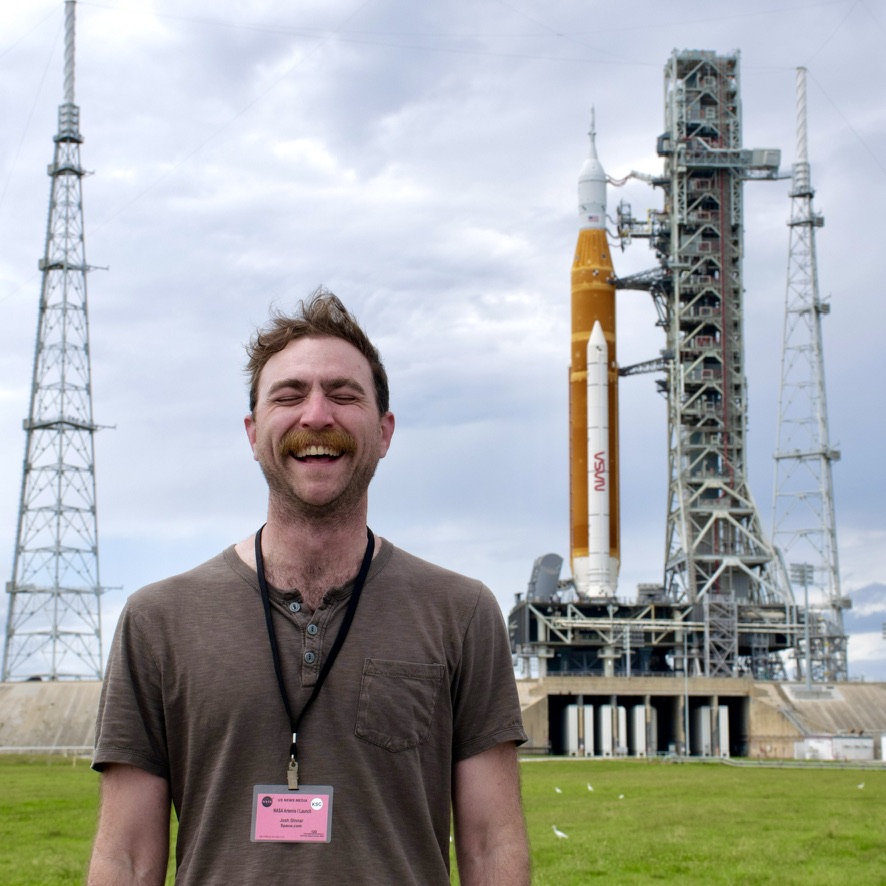
Josh Dinner is the Staff Writer for Spaceflight at Space.com. He is a writer and photographer with a passion for science and space exploration, and has been working the space beat since 2016. Josh has covered the evolution of NASA's commercial spaceflight partnerships and crewed missions from the Space Coast, as well as NASA science missions and more. He also enjoys building 1:144-scale model rockets and human-flown spacecraft. Find some of Josh's launch photography on Instagram and his website, and follow him on X, where he mostly posts in haiku.
You must confirm your public display name before commenting
Please logout and then login again, you will then be prompted to enter your display name.
